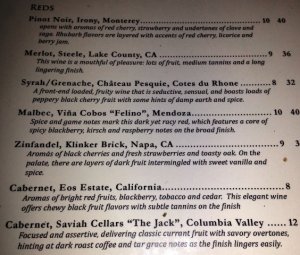Re: Why are the ‘Best’ Cuts on the Edge of the Table-Bezel Z
Thank You, Bruce.
Sorry, I have other opinion about our results in last 10 years. We changed nothing in industry yet( may be just improve fancy color diamonds)
round cut is still "Ideal" and commodity, Consumer education for Diamond Beauty is absent, trade has mainly wrong understanding about beauty, a lot of brainwashing you may see everywhere ,...Consumer confidence become low and low, Diamond industry is killing itself and can not compete with other markets,
10 years ago we had better possibility for adequate Cut grading system
beryl|1390839155|3602053 said:Serg:
. I am impressed by the extensive work by you and your team. You have done much since we met 10 years ago!
. At that time I was impressed by your discussion of angular size of light sources and pupil reception angles.
. I am pleased to see you use the term' slope' instead of 'angle' for facet inclination from the girdle plane; there are so many different angles to consider in a faceted gem that it is nice to have a specific term for this feature. A mathematician would use 'slope'.
. I can't understand that some still cannot accept the viewer's obstruction of light as a cause of some dark areas. It is obvious.
Thank You, Bruce.
Sorry, I have other opinion about our results in last 10 years. We changed nothing in industry yet( may be just improve fancy color diamonds)
round cut is still "Ideal" and commodity, Consumer education for Diamond Beauty is absent, trade has mainly wrong understanding about beauty, a lot of brainwashing you may see everywhere ,...Consumer confidence become low and low, Diamond industry is killing itself and can not compete with other markets,
10 years ago we had better possibility for adequate Cut grading system




300x240.png)